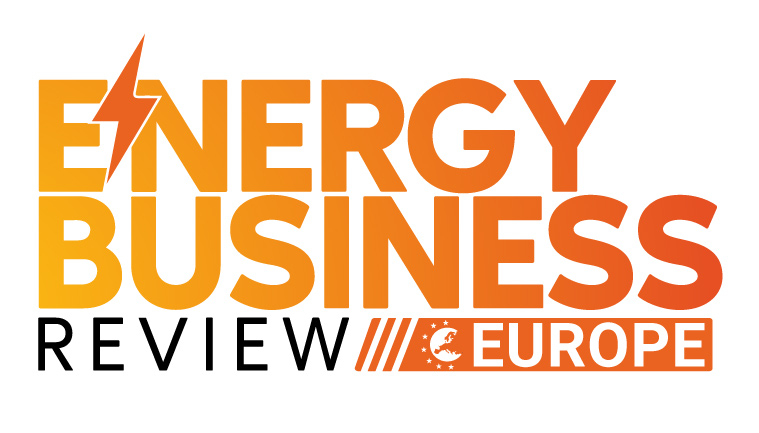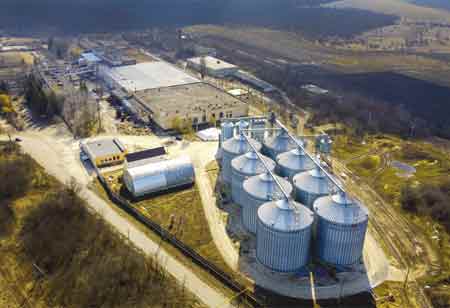Thank you for Subscribing to Energy Business Review Weekly Brief
Embedding AI into the Core of Canada's Energy Future
The Canadian energy sector must transition from isolated AI pilots to a strategic framework, aligning AI with business objectives, enhancing data infrastructure, and cultivating a skilled workforce for scalable impact.

By
Energy Business Review | Monday, November 24, 2025
Stay ahead of the industry with exclusive feature stories on the top companies, expert insights and the latest news delivered straight to your inbox. Subscribe today.
The Canadian energy sector is at a critical inflection point, where early enthusiasm for AI-driven pilot projects has shifted into a growing sense of pilot fatigue. While these early experiments successfully demonstrated AI's potential in niche applications—from predictive maintenance on a single asset to optimizing a specific drilling parameter—they have largely failed to translate into broad, enterprise-level value. The fundamental challenge has not been a lack of technology, but a lack of strategy.
To prosper in a future shaped by energy transition, market volatility, and strict efficiency demands, Canadian energy operators must abandon ad-hoc experimentation and move beyond the era of dabbling. It's time to adopt a new, strategic framework designed for one purpose: moving beyond the pilot phase to achieve scalable, repeatable, and transformative impact across the entire organization. This new AI playbook isn't about more technology; it's about a fundamental rewiring of the organizational DNA to embed intelligence into the core of every operation.
From Silos to Strategy: The Foundational Imperative
The first and most crucial step in the new playbook is the formal alignment of AI initiatives with core business strategy. For too long, AI has been treated as a function of the IT department or a pet project for an innovation team. This approach is a recipe for creating "islands of automation" that never connect to the mainland of business value.
Scalable impact begins when AI is seen not as a tool, but as a core business capability. This requires a top-down mandate from the C-suite that clearly articulates the "why" behind AI adoption. Is the primary goal to enhance subsurface imaging, optimize production chemistry, de-risk capital projects, or drive ESG performance? The strategic objectives must be defined first.
Once the vision is set, it must be translated into a clear governance structure. This involves creating a cross-functional steering committee with representatives from operations, engineering, finance, and technology. This body is responsible for prioritizing AI use cases based on a clear matrix of potential value versus implementation complexity. The goal is to shift from a "let's try this" mindset to a disciplined portfolio management approach, ensuring that every dollar invested in AI is directly tied to a strategic outcome. By framing AI investments within this familiar business language, operators can build a unified roadmap that transcends departmental silos and fosters enterprise-wide buy-in.
The Data Bedrock: Engineering for Intelligence
An AI model is only as intelligent as the data it's trained on. The failure to scale AI often stems from a brittle and fragmented data infrastructure. Pilot projects can usually succeed with manually cleaned and curated datasets; however, this approach is unsustainable at an enterprise level. The new playbook mandates a shift from data wrangling to data engineering.
This begins with establishing a robust data governance framework. Operators must create a "single source of truth" for critical operational data—whether it's from SCADA systems, seismic surveys, or maintenance logs. This involves standardizing data formats, defining ownership, and ensuring data quality and accessibility. The objective is to make data findable, accessible, interoperable, and reusable (FAIR).
Building on this foundation is the modernization of the data architecture. A scalable AI strategy requires a hybrid cloud infrastructure that provides the flexibility and computational power needed for training complex models, while also leveraging edge computing to enable real-time decision-making at the asset level. Investing in a unified data platform is no longer a luxury; it is the essential plumbing required to pipe high-quality data to every corner of the organization, enabling AI applications to be developed and deployed with speed and reliability.
Cultivating a Bionic Workforce: The Human Element
Technology alone cannot deliver transformation. The ultimate success of any AI strategy rests on the people who will use it. The new playbook emphasizes a concerted effort to cultivate an AI-ready culture and upskill the workforce. This is not about replacing engineers and geoscientists with data scientists; it's about creating a "bionic" workforce where human expertise is augmented by machine intelligence.
This requires a multi-faceted talent strategy. It involves demystifying AI for the entire organization through widespread literacy programs. Everyone, from field operators to senior executives, must understand the basic principles of AI and how it can be applied to their roles. It also means investing in targeted upskilling for technical professionals, equipping them with the skills to work alongside AI tools—to interpret model outputs, identify biases, and provide the crucial domain expertise that machines lack.
It necessitates fostering a culture of collaboration and experimentation. Cross-functional "pod" structures, which bring together domain experts, data scientists, and software engineers, are essential for developing solutions that are both technically sound and operationally relevant. When an experienced reservoir engineer and a machine learning specialist work hand-in-hand, the result is far more potent than what either could achieve alone. This symbiotic relationship is the actual engine of scalable and sustainable innovation.
The journey from pilot fatigue to enterprise-wide impact is a strategic imperative for Canada's energy sector. It demands a deliberate shift from technological tinkering to organizational transformation. By aligning AI with core business objectives, building a robust data foundation, industrializing intelligence through an AI Factory, and cultivating a bionic workforce, operators can finally unlock the promise of artificial intelligence at scale. This new playbook provides the roadmap to not only navigate today's challenges but also to build a more efficient, resilient, and intelligent energy future for tomorrow.






